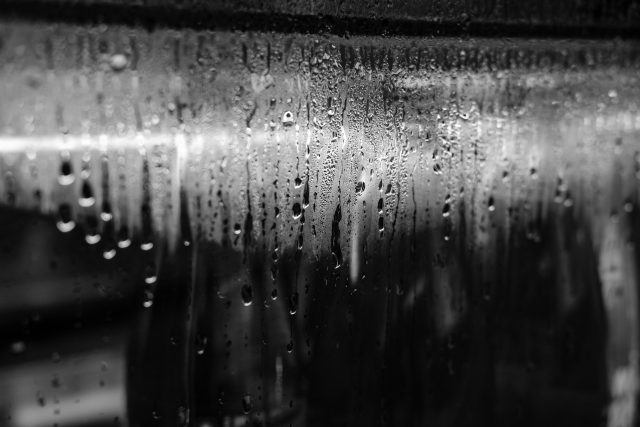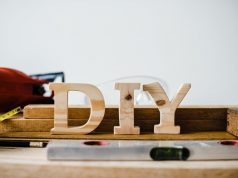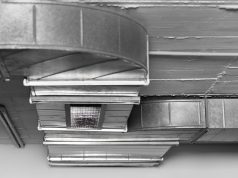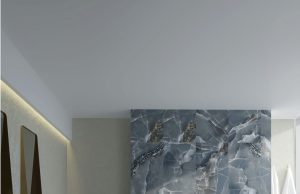
Dampness leads to possible rusting, a rise of pests, damages interior woodwork as well as steel reinforcements in the house’s structure. Along with these issues, damp conditions lead to an unhealthy living environment, affecting our well-being. These problems are undoubtedly far from desirable, and the lockdown period urged many to rectify them, calling for an instant, thorough knowledge.
To help you navigate through your damp issues, this article explores the various kinds of damp problems, their indicators, and provides feasible solutions for the same.
Types of Damp
Rising Damp
Rising damp is caused when the home’s damp proof course or DPC is compromised or damaged. Damp proof course is a barrier formed by building a membrane into the walls of a property to prevent damp rising, generally 15 cm above ground level. When moisture is drawn upwards through the mortar and masonry of a building, that’s when rising damp occurs.
Indicators of rising damp
- The skirting boards or plaster are damaged.
- Paint and wallpapers are peeled, mostly with wet patches.
- Soluble salts present in water leave a noticeable powder-like white substance on the walls.
- The presence of tide marks up the wall.
- Possibly, floor coverings lifting up.
Penetrating Damp
Penetrating Damp occurs when water leaks through walls, which is a common occurrence in old buildings with solid walls. Instead of traveling up, as was the case in rising damp, this damp expands horizontally across your walls and ceilings. Structure problems in a building, such as faulty gutter or roofs, and cracks in the walls that allow water in during heavy rainfall, lead to penetrating damp.
Indicator of penetrating damp
- Presence of damp patches on ceilings and walls which darken during rainfalls.
Condensation
Affecting one in five homes, condensation is arguably the most common type of damp. Rampant during winters, the damp is caused by moist air condensing on cool walls. These are seen more in those rooms that generate a lot of air moisture, such as kitchens and bathrooms. Central heating that warms up significantly and cools down again aggravates condensation as it creates warm, damp air.
Also, the lack of proper ventilation worsens the problem. For instance, old homes were designed to be “breathable”, allowing damp air to evaporate out of the house. If you remove existing chimneys or say, fitting air-tight double glazing, it reduces ventilation, thus increasing condensation. When left untreated, it can damage paint and plaster, and even decay window frames.
Indicators of Condensation
- The appearance of water droplets on walls or/and windows.
- Presence of dark mold, often on glass and around windows.
- Existence of a distasteful moldy smell.
What Should You do?
It is advisable to reach out to damp specialists who can correctly, safely, and effectively take care of your problem. Misdiagnosis of diseases have adverse effects; similarly, if damp problems are not diagnosed accurately, they will lead to further problems and hefty money.
A common method to treat rising damp is by injecting a chemical damp proof course. It is a reliable, fast, and cost-effective form of damp proofing.
For preventing penetrating dampness from coming through walls and ceilings, take the following measures:
- Defects and cracks in exterior walls can cause water to seep into the internal walls. Ensure that all the cracks are sealed and damp external patches are re-plastered.
- To rectify damp patches on internal walls, remove the loose plaster, and replaster it with cement mortar mixed with waterproof compounds. Make sure that you identify the source of dampness correctly before replastering.
- In case you notice water seepage from the bathroom and kitchen tiles, re-grout the tile joints.
- Seal all the gaps around windows and door frames, preferably with silicone sealants.
To control dampness caused by condensation, do the following:
- Ensure the cross-ventilation and circulation of fresh air within your home.
- Installation of exhaust fans in bathrooms and kitchen is essential to remove extra moisture.
- Avoid drying your clothes indoors.
- Refrain from overcrowding cupboards, wardrobes, and other cabinets.
Protect Your Home
Prevention is always better than cure. Take sufficient preventative measures to avoid a rise in unnecessary problems. When you do face an issue, consult and employ the help of a qualified damp surveyor to correctly diagnose your damp problem. A professional damp surveyor will recommend you with an appropriate treatment for your property. One of the worst things you can do as a homeowner is go the DIY route and do more damage than good with incorrect treatment.













